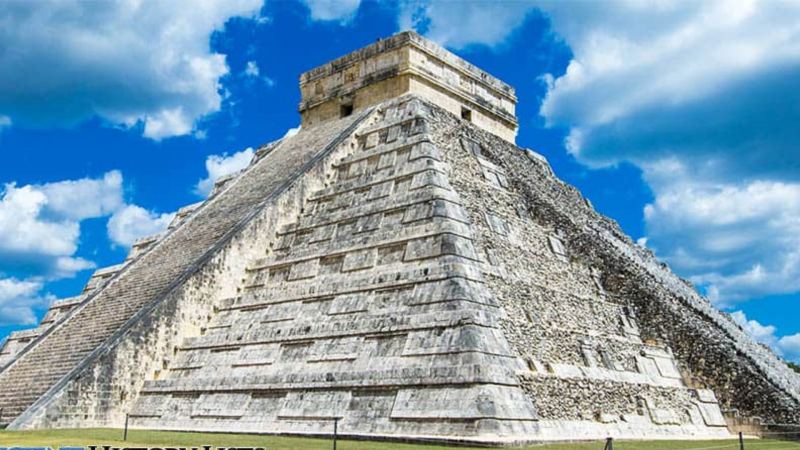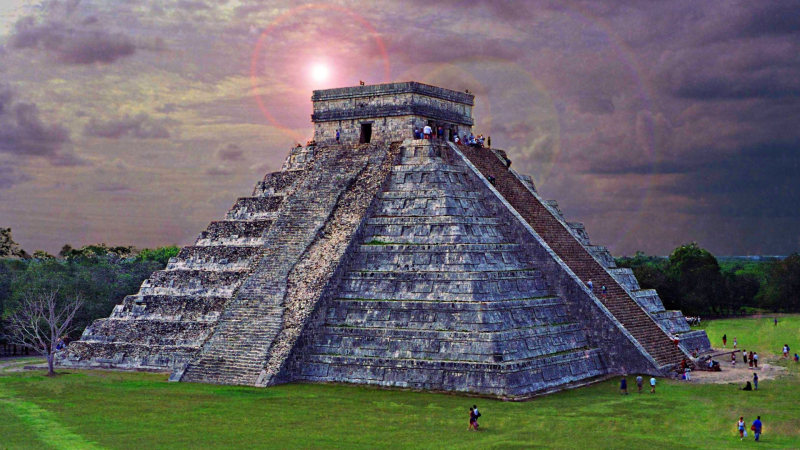Pyramids
The Mayans' most important structures were pyramids, which were created with curved stones acting as steps, rounded inset corners, and chamfers surrounding each platform. Pyramids were frequently constructed in jungle locations where the constructions could soar high over the trees.
At the peak, there were generally shrines to the gods. The pyramids were primarily used as temples and religious gathering places, but they also served as graves for departed patrons, emperors, and sacrifice victims.
The Temple of the Inscriptions in Palenque is a prime example of Mayan temple architecture. This edifice features a steep stairway that runs along a nine-chambered platform, representing the nine levels of Xibalba, or the underworld.
Additionally, it contains a hidden 13-way path that represents the 13 levels of heaven. Another notable Maya building is the Pyramid of the Magician. The pyramid has an almost circular shape thanks to its rounded corners. Other significant areas where a great deal of art and culture have been discovered are Tikal and Uxmal.












